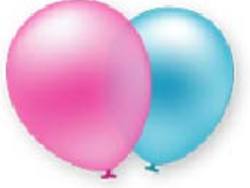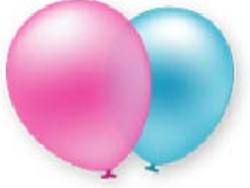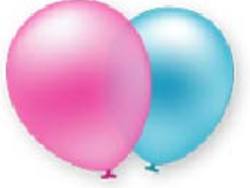


Balloons or Bust Opener
Sample Standard: Explain how atoms join with one another in various combinations in distinct molecules.
Grade level: 8
Time: 10 minutes
Materials: Balloons, sewing needles of varying length and thickness, cooking oil, paper towel
Group Size: Any
Purpose: To understand how molecules forming polymers have specific properties
Activity:
Modification for Above-Level Students

Hey! Big Spender
Sample Standard: Solve addition and subtraction problems using currency.
Grade Level: 4
Time: 15 minutes
Materials: Large index cards with prices written on them
Oversized $100 bills for prizes
List of classroom items for each team with different items on each list
Answer key for each itemized list
Group size: Any. Break the class into teams of 3.
Purpose: To use during a unit on adding and subtracting decimals using currency after students have learned how to add decimals.
Activity:
Sample list:
White board $34.75
Pencil sharpener $12.87
Teacher’s desk $16.43
Computer $35.92
Total $99.97
Modification for Above-Level students:
Don't miss out on updates and chances
to sharpen your skills with participant-centered learning.




3740 N Chestnut St #113 - Chaska, MN 55318-3053